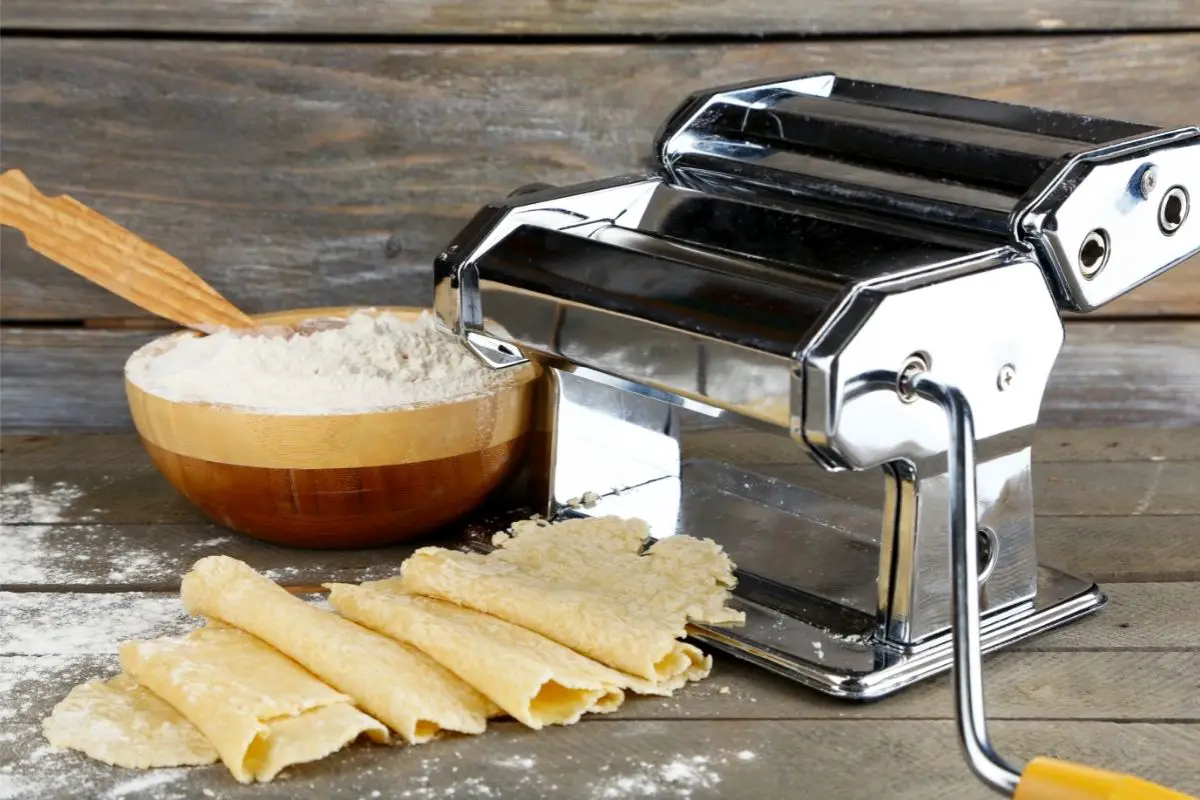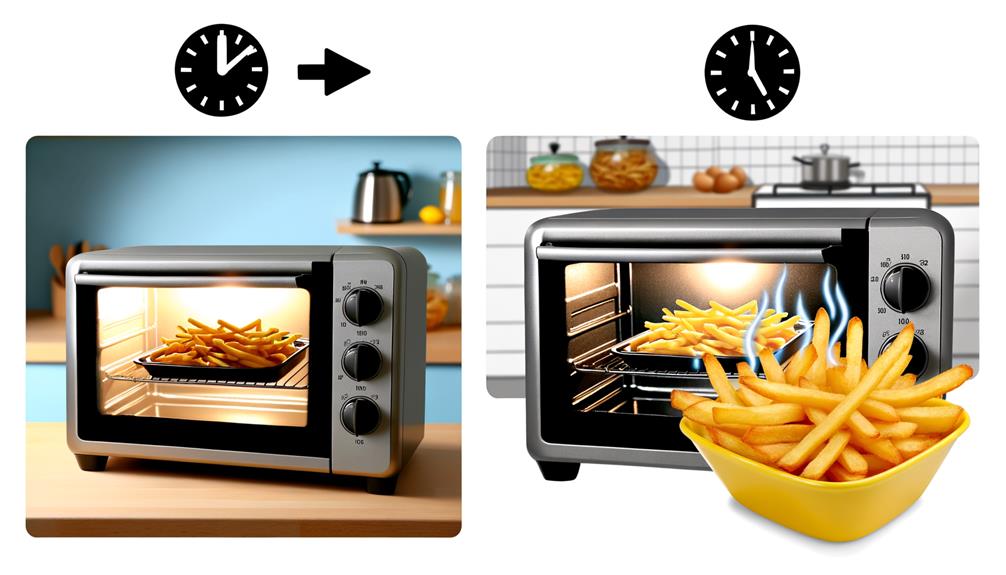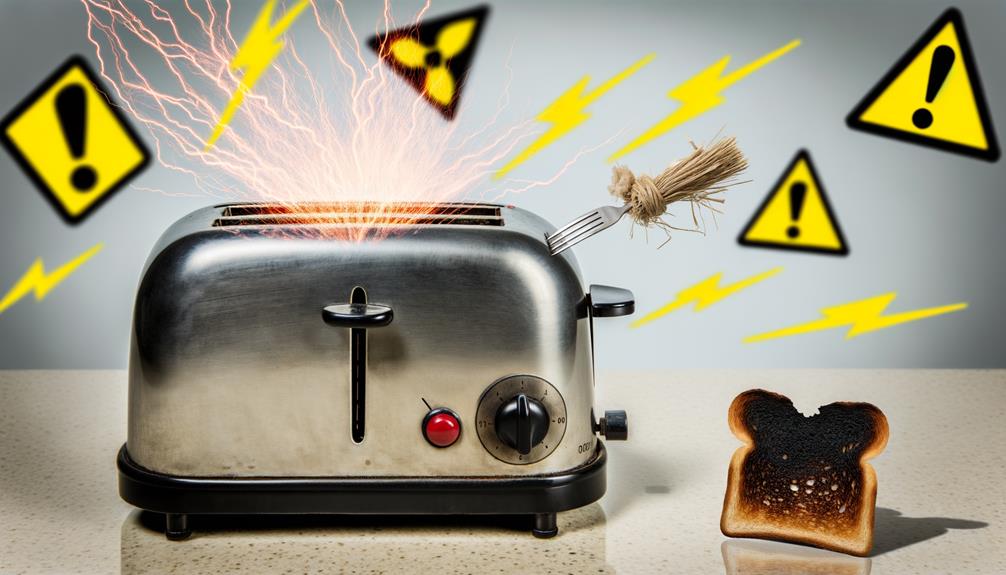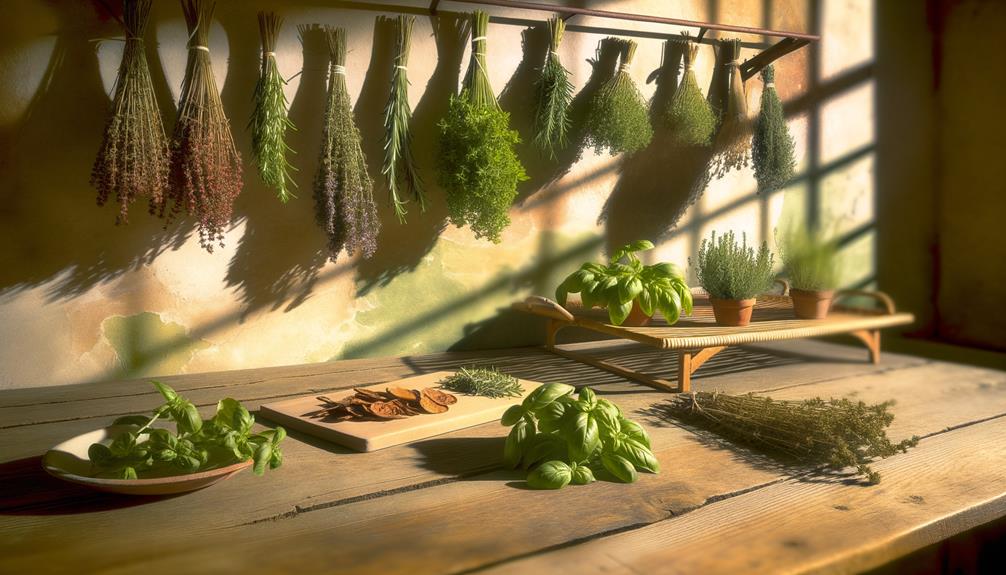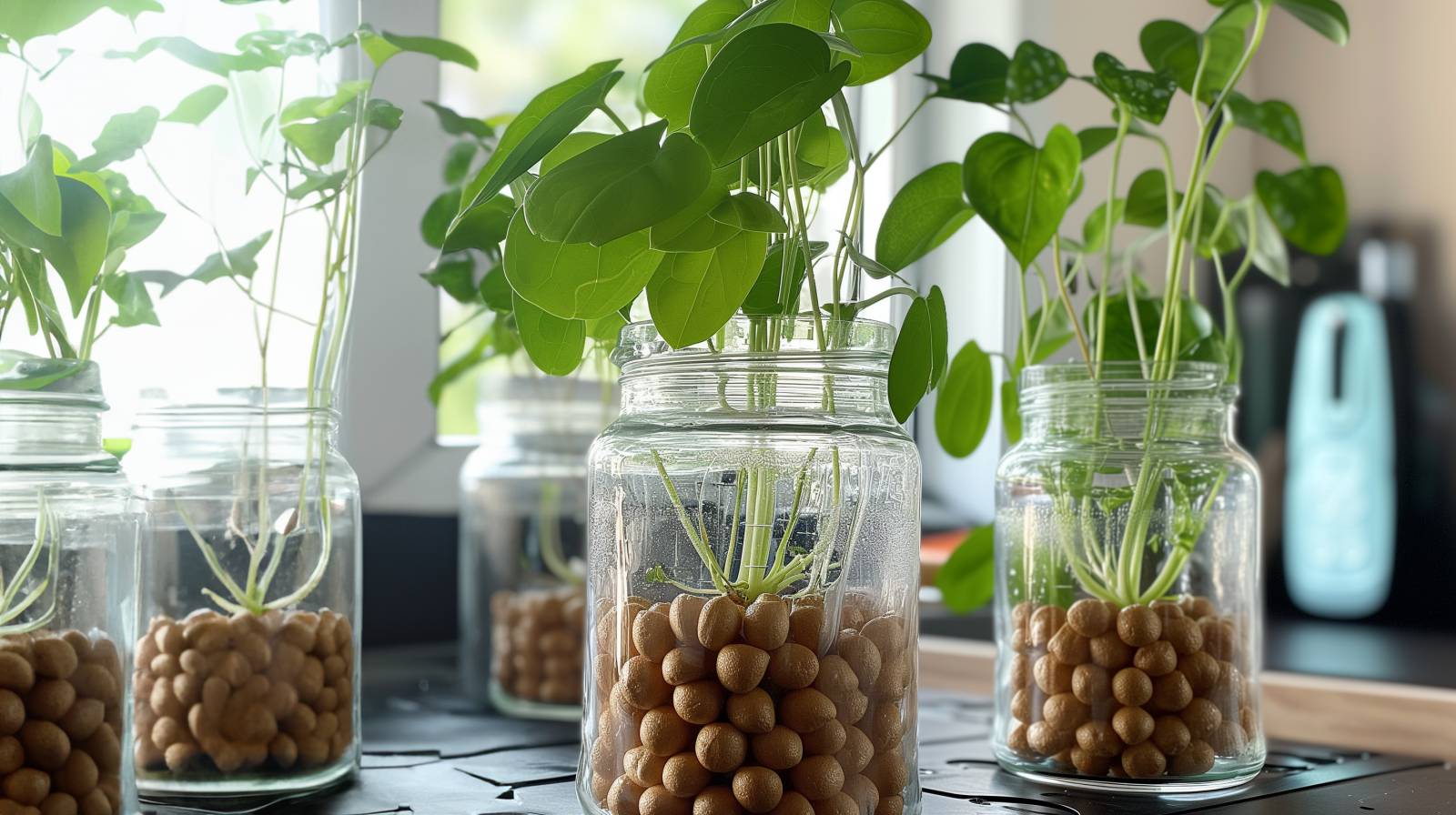There is nothing better than freshly made pasta. Instead of store-bought pasta, you are making something authentic and with a delicious taste and the way to achieve this is with a pasta maker.
Table of Contents
ToggleIt is important to keep your pasta maker clean and well looked after in order to achieve great pasta, but how is this done?
In this article, we will be guiding you through the best way to clean your pasta maker.
Types Of Pasta Makers
Pasta makers were made to provide efficiency and authenticity when making pasta.
You will find the pasta maker coming in a number of different shapes and sizes however there are two main types.
You have the manual pasta maker and the electric pasta maker.
Manual Pasta Maker
A manual pasta maker takes more time but will leave you with great results.
To use, the maker has to be clamped onto a surface (typically a table) and dough is fed through the device manually using the crank.
However, this is a two person job. Whilst one person is turning the crank and feeding the dough through, the other is holding the dough to produce sheets of pasta.
Electric Pasta Maker
The electric pasta maker is a preferred type, especially for those cooking at home. It requires only one person and is quick to do because the machine does most of the work for you. The way the pasta is made varies depending on the machine; many machines now have additional features to make different types of pasta.
Cleaning Your Pasta Maker – What to Avoid
When it comes to cleaning your pasta maker it is important to not try to take the easy route. Whether you are having to clean a manual pasta maker or an electronic one, the same rules apply.
Do not:
- Wash your pasta maker in the sink
- Put your pasta maker in the dishwasher
Cleaning your pasta maker can take some time and effort and is not as simple as washing a plate.
It needs to be cleaned with care, taken apart and cleaned with attention to detail.
Of course, you would not put anything electrical in a sink but the same rule applies for the manual pasta maker too. Make sure to think responsibly and avoid these two mistakes.
However, with this being said, you may be able to get away with detaching some parts of the pasta maker and putting it in the dishwasher ONLY if the instructions deem it acceptable.
How To Clean Your Pasta Maker

A pasta maker can take some time to clean but it is all worth it in the end when you have made a beautiful fresh plate of pasta from a clean device.
Below, we will be guiding you through the steps to cleaning your pasta maker.
Detach Pieces
The first step is to detach any pieces which can be removed. By doing this, you are getting pieces out of the way and are making it easier to remove any trapped dough.
Polymer Clay
This step is optional but makes a great difference when it comes to removing dried dough.
To do this, take your clay and turn it into a small ball before rolling it over the pasta maker.
This will work to take off any stubborn dough.
Brush
The next step is to get a pasta brush (this works better than a cloth) and brush the inner cavities of the pasta maker. Make sure to do a thorough job.
Damp Cloth
Finally, finish the cleaning process off by taking a damp cloth and wiping the pasta maker all over.
You want to make sure that everything is completely clean of flour and dough.
Towel Dry
To protect your pasta maker from any damage, towel dry your machine.
Even though it is not wet, the damp could be enough to damage your machine.
To reduce this risk, it is best to dry it with a towel.
Cleaning Detachable Pieces
If it is made clear by the manufacturer that detachable pieces can be washed inside a dishwasher, go ahead and do so.
If not, go through the same steps as presented above to clean the pieces thoroughly.
With these pieces, however, it is important to make sure that these are dried sufficiently.
It is best not to rush its drying process and leave these parts to dry separately.
Allow it to dry for a couple of hours before placing back together again.
Removing Stuck Dough
It is often that you will find a few pieces of dough stuck to your machine. If this is the case, make sure to deal with this situation before cleaning.
To remove, take some scrap dough and use it to roll over the dough remnants.
For harder to reach places, take a toothpick or a wooden skewer to poke away at the dough.
Do this until every last piece of dough is removed.
Final Thoughts
Although pasta makers come in all different shapes and sizes, the applied rules when it comes to cleaning are all the same.
Whether you make pasta manually or electronically, it is important to clean your pasta maker with care.
It is very easy to ruin your device and the main way this is done is through how you choose to clean your machine.
It is important to avoid the sink or dishwasher (although there are some exceptions) and it is essential to know the harms of water.
Not only can water damage the device itself but it can create rust.
When washing, you need to make sure that it has fully dried by putting all of the parts back together.
Pasta makers are a great way to make pasta that is authentic and wholesome which is why they were made.
In order to have fresh pasta, however, your pasta maker needs to be cleaned.
If you are thinking about owning one of these devices for yourself, learn the best way to treat it and follow this guide to clean your machine the right way.

